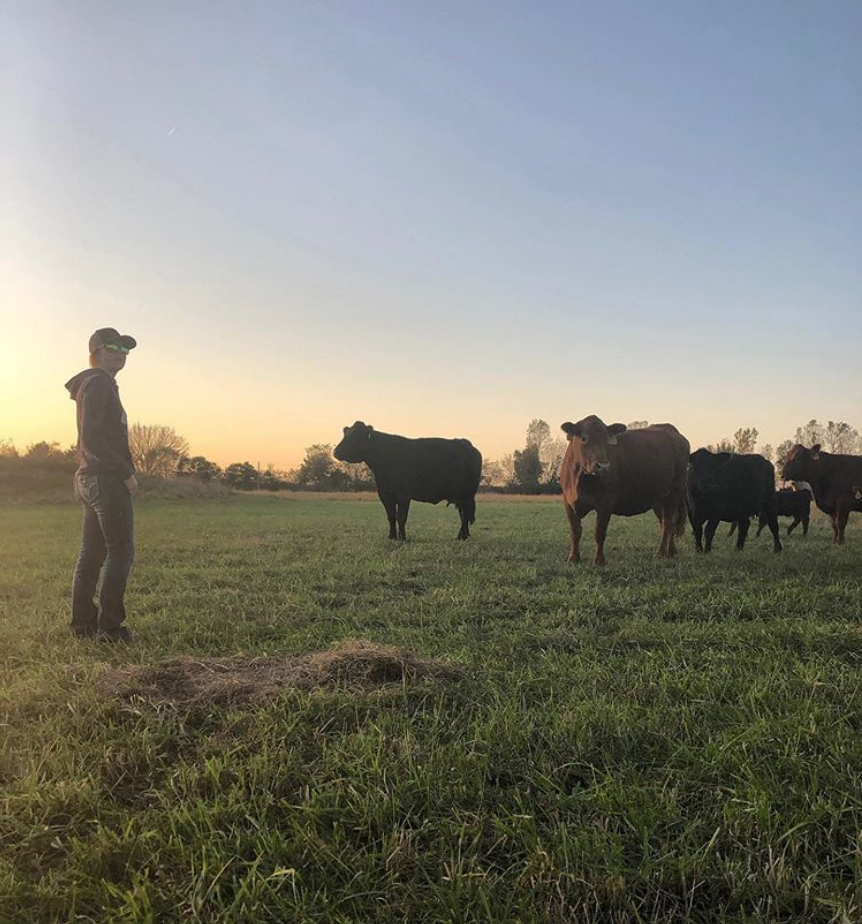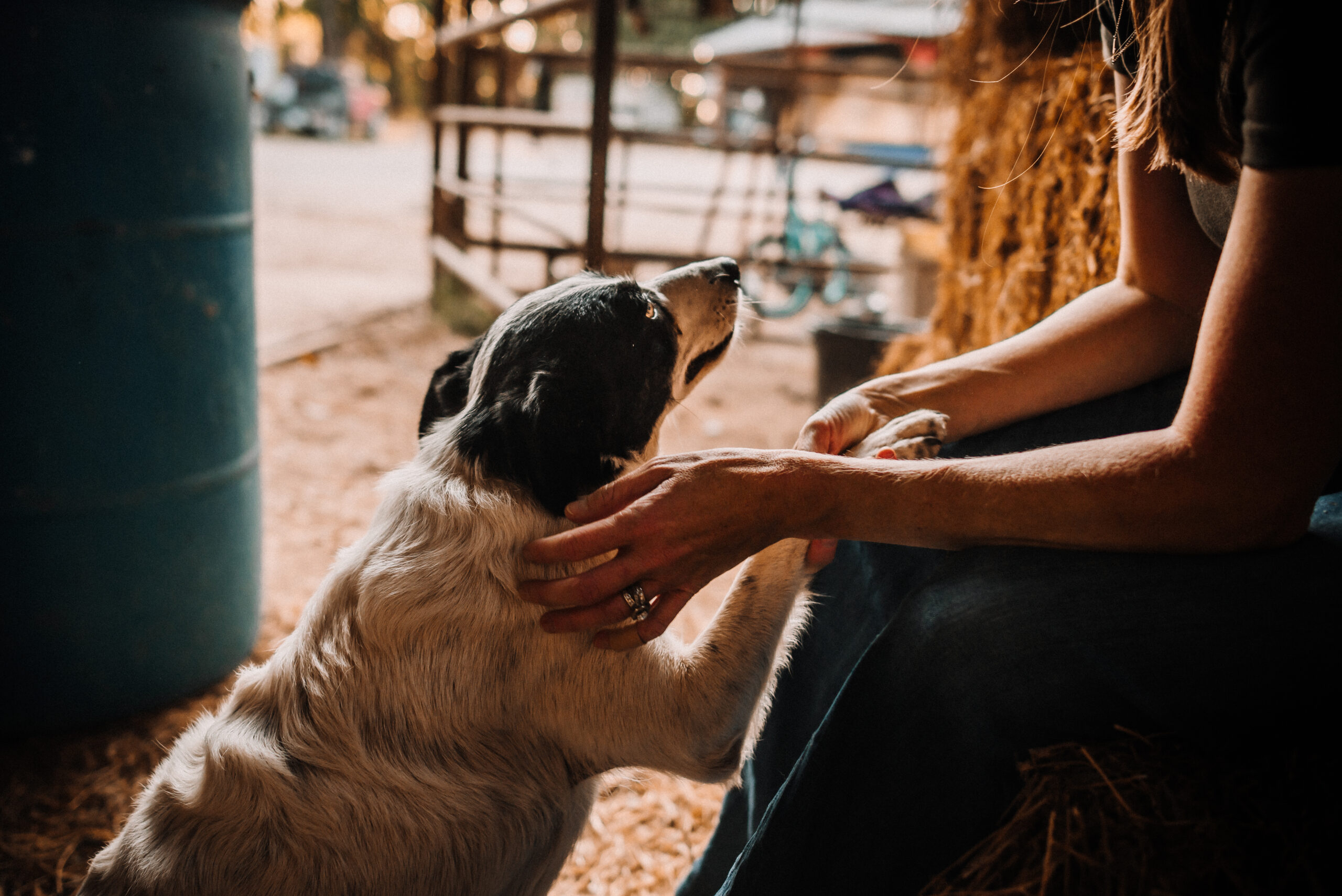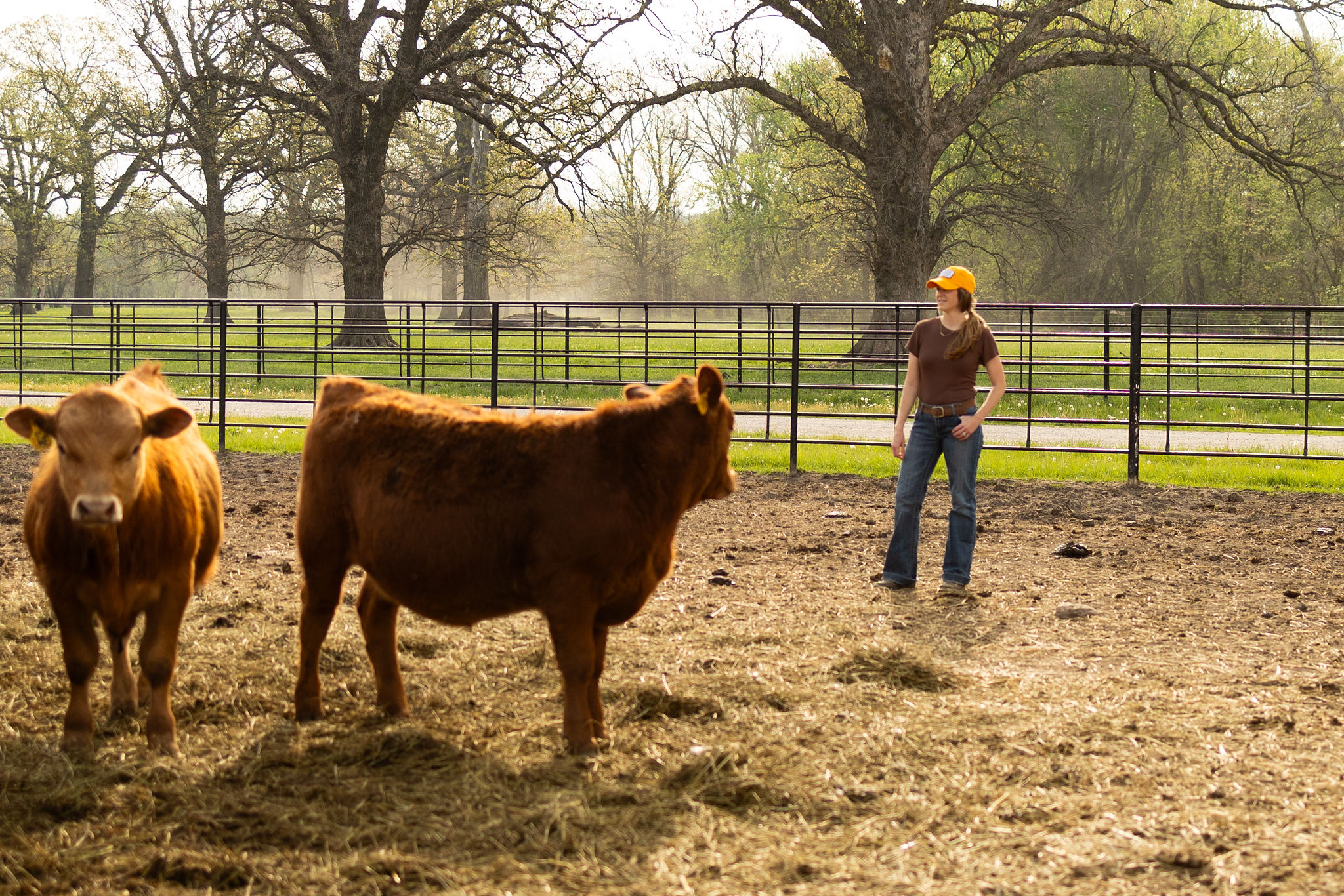
1920
- U.S. population – 107 million
- World population – 1.8 billion
- Cars on American roads – ~7 million
- Number of flights in the U.S.– First commercial flight wasn’t until 1926 and air travel wasn’t common until 1950s but we’ll use 5,000 for 1920 as a benchmark even though that is vastly overshooting it.
- Number of cows in the U.S. – 12.5 million
2020
- U.S. population – 331 million – 209% increase
- World population – 7.75 billion – 330% increase
- Cars on American roads – 269 million – 3,742% increase
- Number of flights in the U.S. – 16.1+ million – 321,000% INCREASE
- Number of cows in the U.S. – 41.1 million – 228% increase
Look at the increase in the number of cars in the U.S over past 100 years. Look at the number of planes now in commission. The average coast-to-coast round-trip flight from New York to San Fran produces 2-3 tons of carbon dioxide per person. PER PERSON. With about 300 seats on a coast-to-coast flight, that’s roughly 600-900 tons of CO2 from one round-trip flight. Mind-blowing, honestly. If you combine all 16 million U.S. flights’ GHG emissions with the GHG emissions from 269 million cars, you’d have accounted for 29% of all U.S. GHG emissions.
Do you know what percentage of GHG cows are responsible for? Two percent.
That’s right, a measly 2% of all GHG emissions are attributed to cattle and all of agriculture (the sector that feeds 331 million people) is only 9%.** How cool is that that our food production process is so efficient that we feed 331 million people with that low of a climate impact?!

For example: plain old iceberg lettuce – you know the kind that is mostly water and has no caloric value? That lettuce takes a tremendous amount of water to grow and can only be grown in certain regions of the U.S., it then has to be transported across the nation where it is largely thrown in the trash*** or used as a delivery vessel for bacon, ranch, croutons, carrots and cheese.
Conversely, cattle take human non-edible foods (stuff that we are too picky to eat, like bruised apples or potato tops) and turn it into high-quality protein. Cattle are raised for beef in all 50 states, so it doesn’t have be transported from one side of the country to the other. Additionally, beef is one of the least wasted foods and delivers a much more nutrition-packed meal than lettuce. It’s a good or excellent source of 10 different nutrients such as protein, zinc, iron and B-vitamins. It’s not really fair to compare iceberg lettuce to beef.
*** To my lettuce-growing friends, I apologize. I mean you no harm, I’m just speaking facts.



